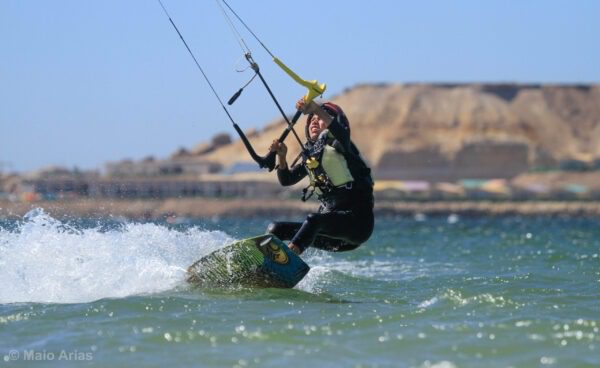Dakhla Kitesurfing on a Budget: How to Save Money on Your Trip
Dakhla is a paradise for kitesurfers, offering consistent winds, stunning landscapes, and top-tier kite spots. However, a trip to this Moroccan gem can be expensive if not planned carefully. If you're looking to enjoy kitesurfing in Dakhla without breaking the bank, here are some essential tips to save money on your trip.
1. Choosing Budget-Friendly Accommodation
Dakhla has a variety of accommodation options, ranging from luxury kite camps to budget-friendly hostels. To save money, consider staying in:
- Hostels & Guesthouses – Affordable options like Dakhla Evasion Camp offer dormitories or shared rooms.
- Local Riads & Airbnb – Staying in the city center rather than a beachfront resort can cut costs significantly.
- Camping – Some kitesurfing spots allow camping, a great way to save while staying close to the action.
2. Finding Affordable Kitesurfing Lessons & Gear Rentals
Kitesurfing lessons and rentals can be costly, but there are ways to cut costs:
- Book in Advance – Many schools offer early-bird discounts if you book online.
- Look for Group Lessons – Private lessons are expensive, so opt for group sessions to save.
- Bring Your Own Gear – If you already own kitesurfing equipment, bringing it with you can reduce rental expenses.
- Check for Second-Hand Rentals – Some kite schools offer discounts on older gear.
3. Eating on a Budget
Food can be another significant expense, but you can still enjoy delicious meals without overspending:
- Eat Local – Small local restaurants and street food stalls offer tasty meals at a fraction of the cost of resort dining.
- Buy Groceries – If your accommodation has a kitchen, shopping at local markets and cooking your meals can save a lot.
- Try Set Menus – Many restaurants offer affordable fixed-price meals, especially at lunch.
4. Saving on Transportation
Getting around Dakhla doesn't have to be costly:
- Use Shared Taxis – Instead of private transfers, take shared taxis (known as grand taxis) for a much lower price.
- Rent a Car with Friends – If you’re traveling in a group, renting a car can be more economical than taking taxis daily.
- Walk or Bike – If you’re staying near a kite spot, walking or renting a bicycle can be an affordable and eco-friendly option.
5. Traveling at the Right Time
Timing your trip wisely can help you save a significant amount:
- Off-Peak Seasons – Visiting in the shoulder season (April–June, September–November) means lower prices on accommodation and flights.
- Look for Flight Deals – Budget airlines sometimes offer great deals to Dakhla; booking in advance helps secure the best rates.
6. Finding Free or Low-Cost Activities
Kitesurfing is the main draw, but there are plenty of free or cheap activities to enjoy:
- Explore the Desert – Hike the sand dunes or visit White Dune without paying for an organized tour.
- Visit the Oyster Farms – Enjoy a low-cost meal while experiencing local culture.
- Watch the Sunset at Dragon Island – A free but unforgettable experience!
Conclusion
Kitesurfing in Dakhla doesn’t have to drain your wallet. With smart planning, budget-friendly accommodation, and a few money-saving tricks, you can experience this world-class destination without overspending. Plan ahead, travel wisely, and make the most of your adventure!























































